Sin Chai Village, Sapa
Sin Chai Village lies about 4 kilometers from Sapa Town and offers an authentic glimpse into the traditional lifestyle of the H’mong & Dao ethnic community. Nestled at the foot of Fansipan Mountain, this picturesque village serves as an ideal short distance place to visit from Sapa, suitable for travelers seeking a quieter, less touristy experience compared to the more commercialized areas around Sapa.
- Check out best things to do in Sapa, Vietnam
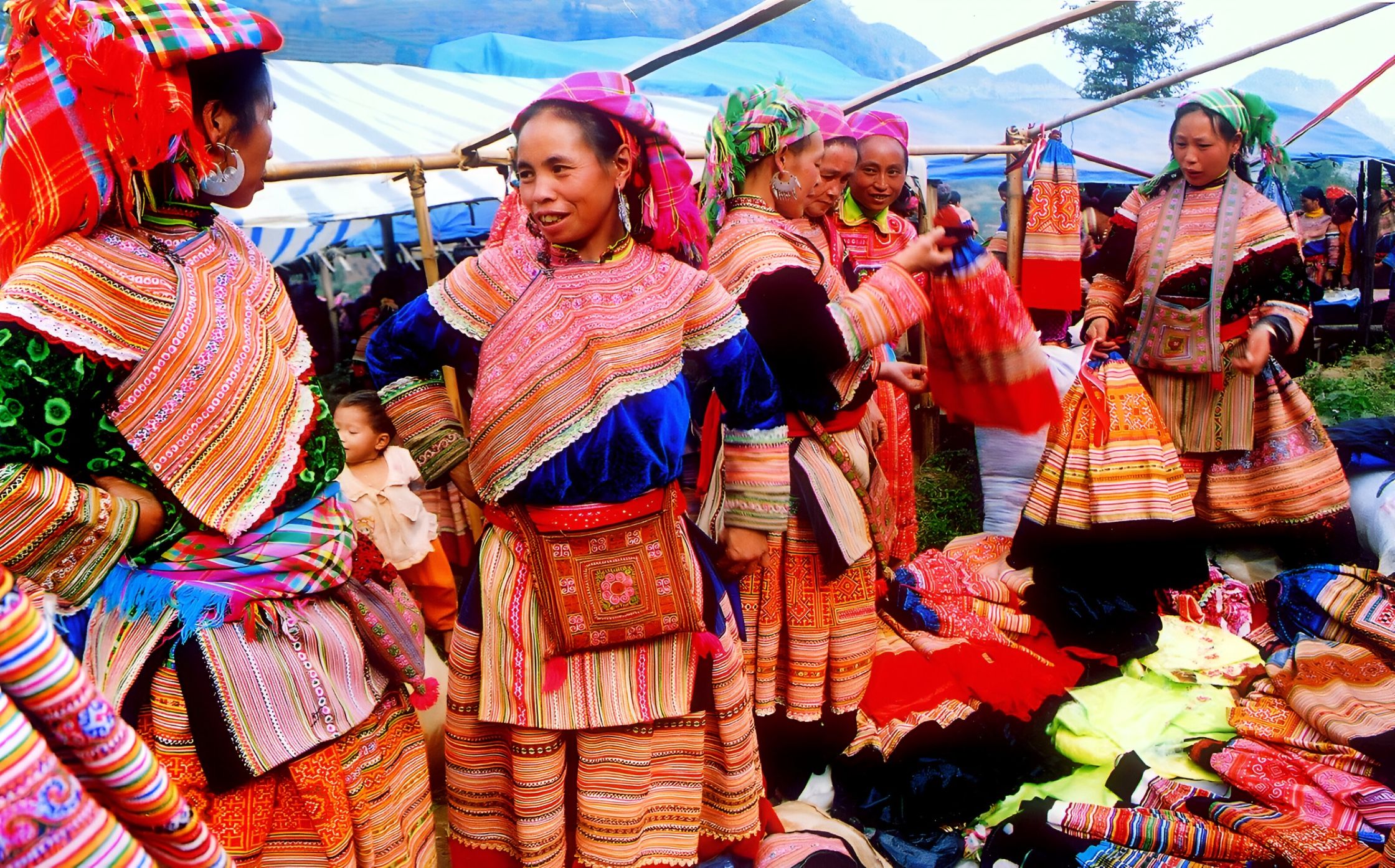
Where Is Sin Chai Village?
Sin Chai village lies in San Sa Ho commune, near Sapa town, in Lao Cai province, northern Vietnam. It sits approximately 3 km west of the town center, 37 km southwest of Lao Cai city, and 320 km northwest of Capital of Vietnam, Hanoi
Sin Chai Village Map
What makes Sin Chai Village unique?
Sin Chai Village stands out due to its unspoiled beauty and rich cultural heritage. Located at the base of the Hoang Lien Son mountain range, it is a one place for stunning views of terraced fields, golden rice paddies, and traditional wooden houses hidden among lush landscapes.
The village’s unique landscapes, including the tranquil Muong Hoa stream, create a calm and peaceful atmosphere. What truly makes Sin Chai unique is its lively traditions. The village maintains the H’Mong people’s customs, such as their distinctive stilt houses, brocade weaving, traditional cuisine, and vibrant festivals featuring dances and music, making it a genuine, less-visited gem in Sapa.

When Is The Best Time To Visit Sin Chai Village?
Sin Chai Village holds its unique beauty in every season. However, to fully experience it, you should visit during the following times: In addition, check out the best time of the year to visit Vietnam
- Spring (March – May): Sin Chai transforms into a vibrant green as newly planted terraced fields take over the landscape. The air feels fresh and cool, with wildflowers blooming and creating a unique atmosphere. During this time, the H’Mong people also celebrate various unique traditional festivals.
- Ripe rice season (September – October): It is brilliant in the golden color of ripe rice. The whole village seems to be covered in gold, creating a picturesque scene. The weather this season is also very pleasant, favorable for sightseeing and trekking.
- December – January: During winter season, Sin Chai village experiences its cold season, occasionally with light snowfall. Visiting the village at this time lets you enjoy the lively and fascinating highland markets.
Entrance Fees for Sin Chai Village
To visit Sin Chai Village, you must buy tickets at the entrance to Sapa town. Ticket prices are affordable, with adults paying around 40,000 VND (USD 1.5) and children 20,000 VND. If you want to explore both Sin Chai and Cat Cat villages, you can purchase a combined ticket for about 70,000 VND per person.
How To Get To Sin Chai Village?
To reach Sin Chai village from Hanoi, Central or Southern Vietnam, flying is the most convenient option. Upon landing at Noi Bai Airport in Hanoi, you can take a taxi to the bus or train station in Hanoi. From there, continue your journey to Lao Cai province, then a short 30 minutes transfer to Sapa town, and finally Sin Chai village. The driving distance from Hanoi to Sapa is ~300km, equal to 6 hours ride.
Motorbike
Motorbike is probably the most convenient way to explore small local tribal villages around Sapa. The rental price is approximately 120,000 – 150,000 VND per day (6-8 USD) and you can rent one through your hotel or homestay. The road to Sin Chai is steep and uneven, if you are getting there with motorbike, make sure to drive carefully.
Trekking
Trekking is an ideal way for those who enjoy trekking and immersing themselves in nature. The trek through rice fields and from Sapa’s center to Sin Chai village takes about 1.5 to 2 hours.
Joining A Tour
Probably the most convenient way, the tour includes transportation, a local guide, and a flexible schedule. Tour prices are vary, depending on the type of tour and number of people.
Activities & best thins to do when Visiting Sin Chai Village
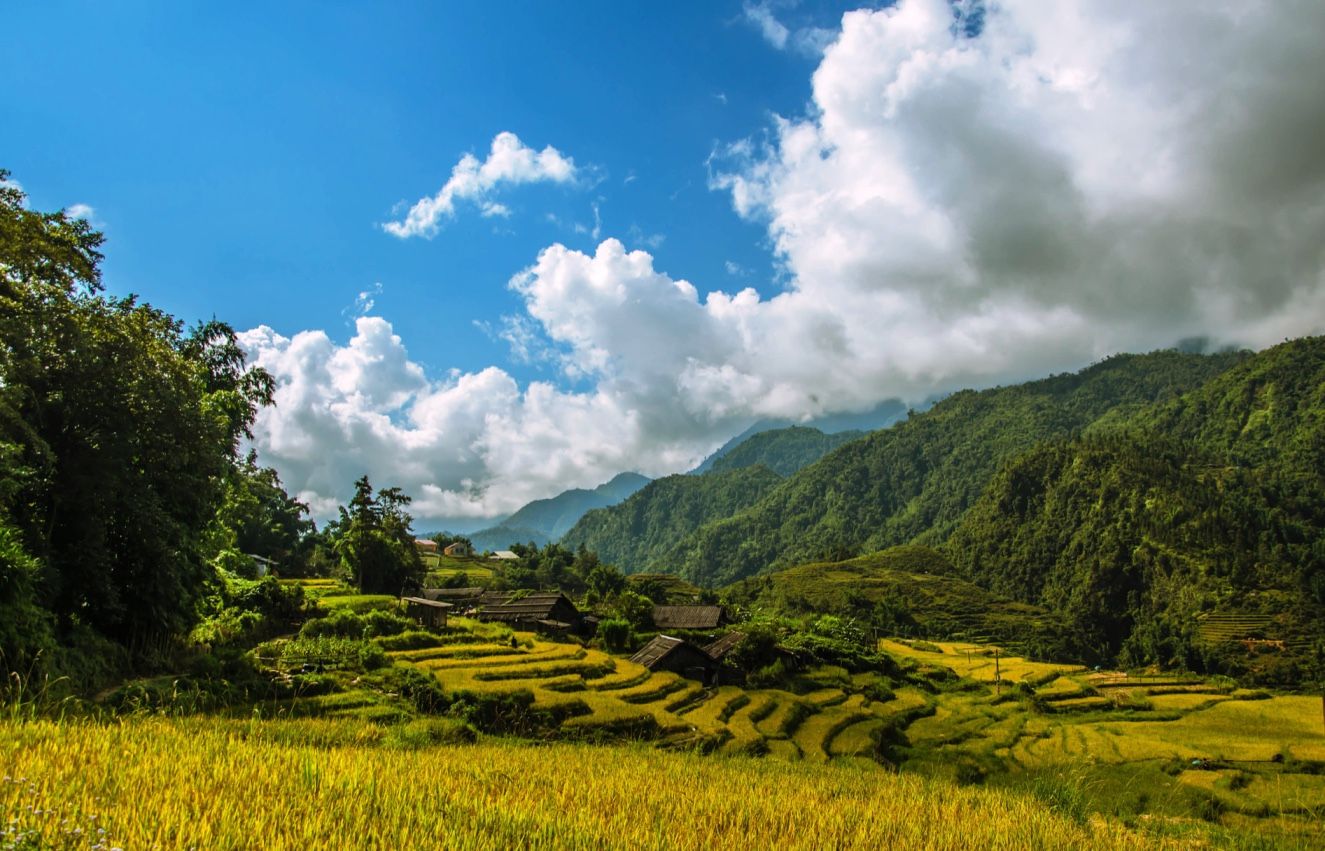
Witness the tribal life
Nestled beside the majestic Hoang Lien Son mountain range, Sin Chai village offers stunning views of the surrounding mountains and forests. Throughout the year, the village is filled with fresh air, the cool scent of grass and trees, and the warmth of single-roofed homes heated by fire.
Take your time to walk along the village roads will allow you to admire the simple life of the tribal people and experience the daily life of the villagers as they work, farm, and raise livestock.
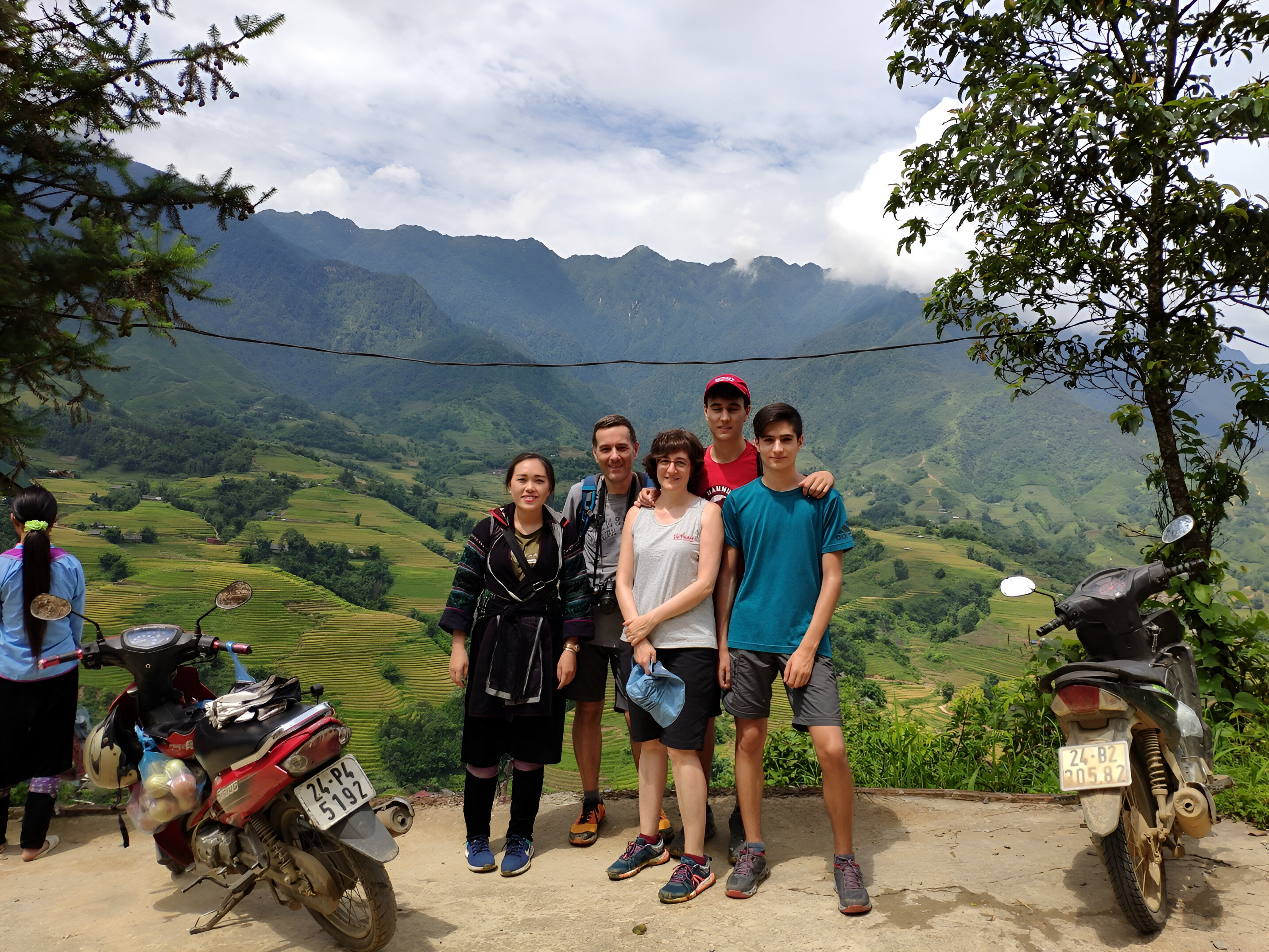
The Terraced Fields
Visiting Sin Chai village and you definitely witness the jaw-dropping terraced fields that wind around the hillsides. Imagine standing in the center of the village, gazing into the distance, where you’ll see a stunning natural scene with layers of terraced fields stretching as far as the eye can see.
During the rainy season, from April to May, the rice fields resemble giant mirrors, reflecting sunlight and sparkling like silver. In the rice harvest season, from September to October, the fields turn into a vibrant yellow, creating a breathtaking view. No matter the season, Sin Chai’s terraced fields offer a unique and enchanting beauty.
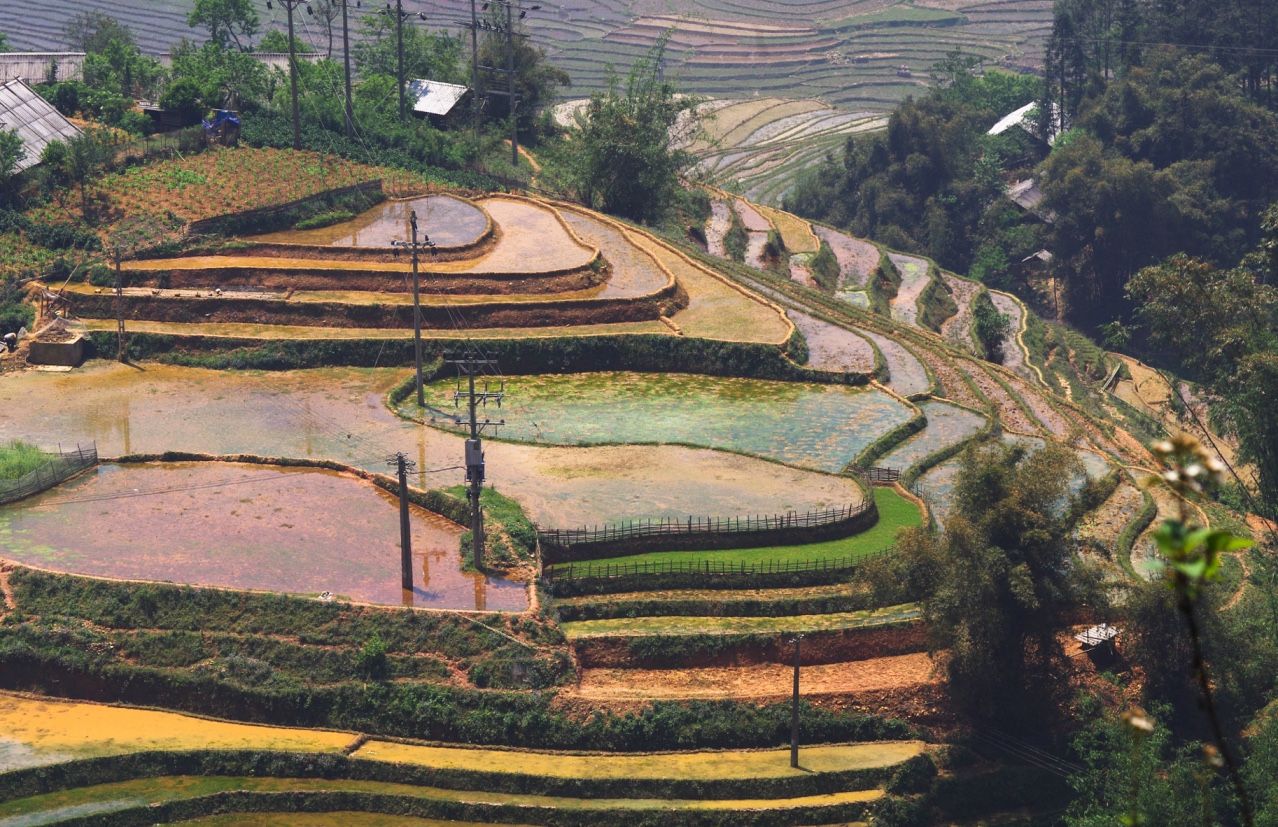
Meet with H’Mong Tribes
When you visit Sin Chai village, you’ll dive into the unique cultural atmosphere of the H’Mong people. This ethnic group boasts a long history and rich cultural traditions. The simple wooden stilt houses perched on the hillside, vibrant brocade clothing, and the sound of flutes echoing through the mountains and forests all come together to paint a vivid picture of life here.
Plan for Hiking
When you visit Sin Chai village, don’t miss the chance to trek through the wild lush countryside toward the mountains and forests. The trails, which wind through green terraced fields and dense primeval forests, will bring you up close to the majestic nature of Sapa. You can select trekking routes that vary in difficulty.
Best for photography
If you are into photography, then Sin Chai village offers the perfect setting for an artistic photo. Everywhere you look, from the roads to the roofs and the local people, you’ll find beauty. If you visit Sin Chai, take the opportunity to capture some photos as memories.
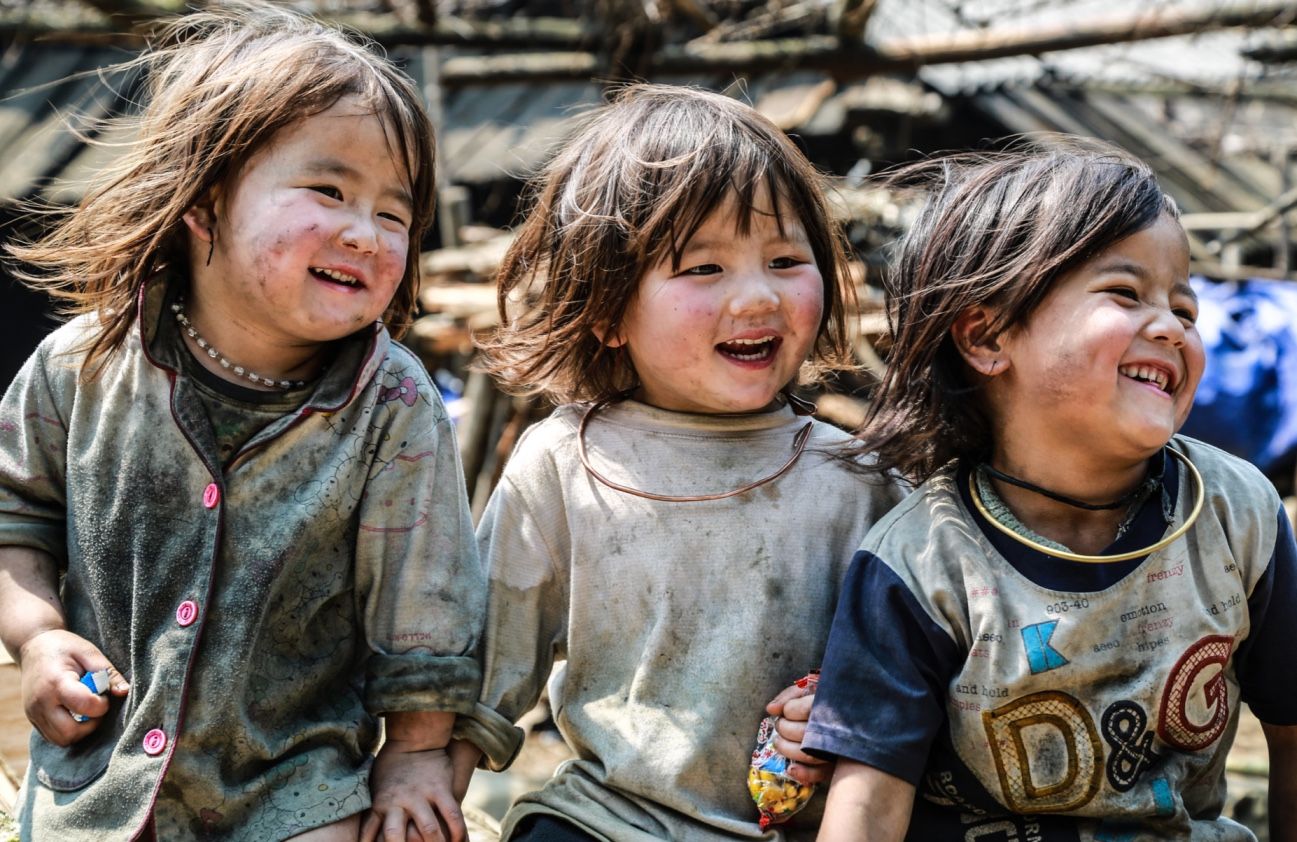
Local foods
In addition to appreciating the natural beauty and local people in Sin Chai village, this area is also a culinary special in the Northwest, offering ethnic dishes that are only found here.
- Colored sticky rice: Made from soft, round sticky rice grains in various hues, it’s wrapped in banana leaves and served with bean salt.
- Sturgeon hotpot: The cold weather in Sapa makes sitting by a pot of sweet and sour sturgeon hotpot a delightful experience. Enjoying the hot fish hotpot with vegetables.
- Thang co: Made from horse organs and meat, it’s cooked with typical herbs. You dip vegetables and enjoy it with a special chili sauce.
- Dried buffalo meat: Meat marinated with spices and then hung over a wood stove for a long time, resulting in a rich, unforgettable flavor.
- Fresh mountain vegetables: These fresh vegetables from the mountains and forests can be used in soups or eaten raw served with each meal.
Where to Stay When Visiting Sin Chai Village
There isn’t any homestay or hotel in Sin Chai village, however, the village is not far from Sapa (~4km), so you can choose to stay anywhere within Sapa and visit the village separately.
Other things to see nar Sin Chai Village
Cat Cat Village
Cat Cat village is a well-known, famous village to visit in same area, primarily inhabited by the H’Mong people. While exploring the village, you’ll encounter the traditional Trinh Tuong houses that reflect the H’Mong culture.
Upon check in, you’ll be struck by the sturdy stone-paved path held together with cement. On either side, you’ll find various stalls selling tourist products and souvenirs, perfect for gifts to bring back home.
As you walk deeper into the village, the natural beauty unfolds, with scenic spots like a bridge crossing over a stream. Standing on the bridge, you’ll feel the refreshing coolness of the flowing water—a popular spot for photos.
Fansipan Peak
Fansipan Peak, called the “Roof of Indochina,” stands 3,143 meters above sea level. To reach the top, you can either join a 2 day trek or take the cable car for a same day visit.
Trekking, which takes 2-3 days, suits travelers with good stamina. On the other hand, the cable car, operated since 2016, is a 3-wire system, providing a faster and easier way to ascend. The cable car ride takes just 15 minutes, covering 80% of the journey.
Visit Muong Hoa Valley
Muong Hoa Valley, with its single-family houses set among the mountainous rice fields, offers a scenic journey. On the Muong Hoa Valley tour, you’ll explore the Hoa stream, which stretches about 15km. The clear water flows through Ta Van, Lao Chai, and Hau Thao communes, finally reaching Ho village.
Additionally, the Muong Hoa stream winds like a giant python through the expansive natural landscape. As you follow its path, you’ll witness the unique rice fields. During harvest season, the water reflects a brilliant golden hue, enhancing the valley’s enchanting beauty. You’ll find yourself surrounded by a picturesque and poetic scene in the heart of nature.
Packing list
- Wear sneakers or hiking shoes for comfort and ease, especially if you plan to trek on the trails.
- Pack comfortable clothes that suit the weather.
- Jacket is essential, as Sin Chai’s weather stays cool year-round.
- Carry cash with you, as Sin Chai lacks ATMs.
- Ask for permission in case of taking photos of tribe people. Carry cash with you, as Sin Chai lacks ATMs.




